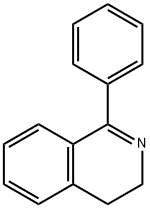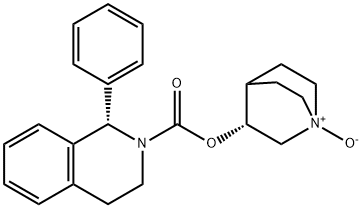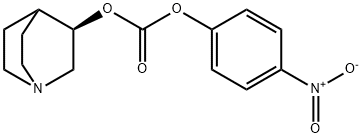A0717456
Dimethylcarbonate , ≥99.9%,acid<10ppm,H2O<10ppm , 616-38-6
Synonym(s):
Carbonic acid dimethyl ester;Dimethyl carbonate;dimethyl ester;DMC;DMC, Methyl carbonate, Carbonic acid dimethyl ester
CAS NO.:616-38-6
Empirical Formula: C3H6O3
Molecular Weight: 90.08
MDL number: MFCD00008420
EINECS: 210-478-4
Update time: 2022-07-08
PRODUCT Properties
| Melting point: | 2-4 °C (lit.) |
| Boiling point: | 90 °C (lit.) |
| Density | 1.069 g/mL at 25 °C (lit.) |
| vapor density | 3.1 (vs air) |
| vapor pressure | 18 mm Hg ( 21.1 °C) |
| refractive index | n |
| Flash point: | 65 °F |
| storage temp. | Store below +30°C. |
| solubility | 139g/l |
| form | Liquid |
| color | <50(APHA) |
| Odor | Pleasant |
| explosive limit | 4.22-12.87%(V) |
| Water Solubility | 139 g/L |
| Sensitive | Moisture Sensitive |
| Merck | 14,3241 |
| BRN | 635821 |
| Dielectric constant | 3.1699999999999999 |
| Stability: | Stable. Highly flammable. Incompatible with strong oxidizing agents, potassium t-butoxide. |
| InChIKey | IEJIGPNLZYLLBP-UHFFFAOYSA-N |
| LogP | 0.23-0.354 at 20-25℃ |
| Surface tension | 28.08mN/m at 298.15K |
| CAS DataBase Reference | 616-38-6(CAS DataBase Reference) |
| NIST Chemistry Reference | Carbonic acid, dimethyl ester(616-38-6) |
| EPA Substance Registry System | Carbonic acid, dimethyl ester (616-38-6) |
Description and Uses
Dimethyl carbonate is used as a solvent in organic synthesis and considered as a replacement for solvent like methyl ethyl ketone, tert-butyl acetate and parachlorobenzotrifluoride. It is involved as an intermediate in the preparation of diphenylcarbonate, which in turn is used as a key raw material for the synthesis of Bisphenol-A-polycarbonate. It is also used as a 'green' methylating agent involved in the methylation of aniline, phenols and carboxylic acids. It can be used as a fuel additive due to its high oxygen content. It also finds applications related to supercapacitors and lithium batteries.
Safety
| Symbol(GHS) |  GHS02 |
| Signal word | Danger |
| Hazard statements | H225 |
| Precautionary statements | P210-P233-P240-P241-P242-P243 |
| Hazard Codes | F |
| Risk Statements | 11 |
| Safety Statements | 9-16-2017/9/16 |
| RIDADR | UN 1161 3/PG 2 |
| WGK Germany | 1 |
| RTECS | FG0450000 |
| Autoignition Temperature | 458 °C |
| TSCA | Yes |
| HS Code | 2920 90 10 |
| HazardClass | 3 |
| PackingGroup | II |
| Hazardous Substances Data | 616-38-6(Hazardous Substances Data) |
| Toxicity | LD50 in rats (g/kg): 13.8 orally; 2.5 dermally; LC50 (4 hr) in rats (mg/l): 140 by inhalation (Ono) |






